This Malaysian tree could be worth up to US$ 9 million per kilo! Why is it so special?
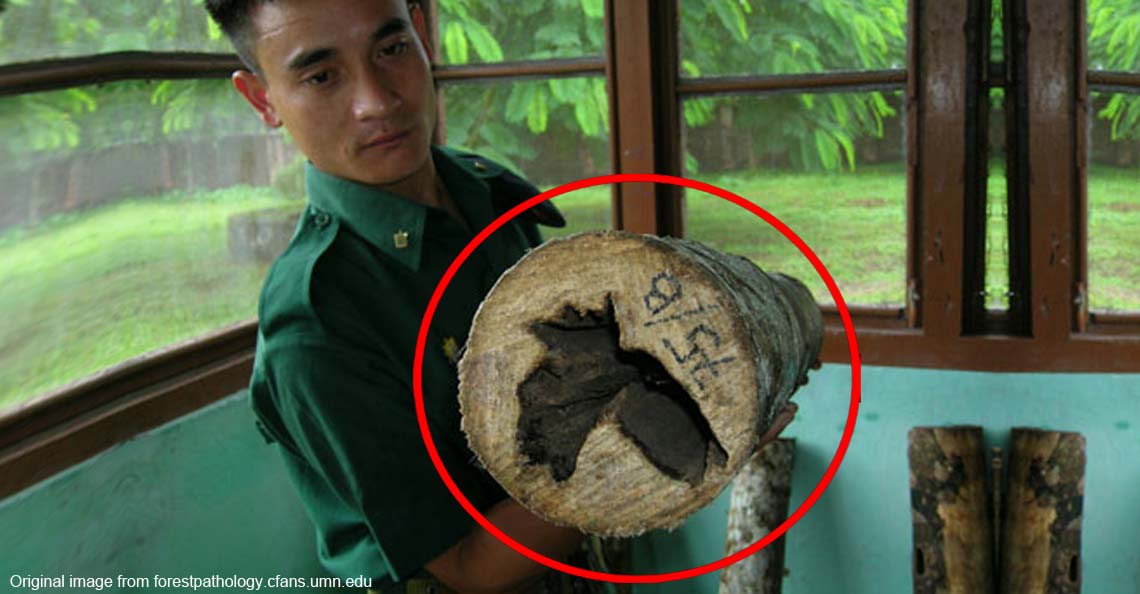
- 8.5KShares
- Facebook7.7K
- Twitter80
- LinkedIn62
- Email178
- WhatsApp493
*The image above is not in Malaysia, but Bhutan. The tree grows in many countries across Asia, which we’ll discuss further in the article.
The kayu balak industry is pretty big in Malaysia. In the first half of last year, we exported RM9.13 billion worth of timber products. In fact, the industry is so big that Malaysia is one of the top producers of furniture in the world!
But with this comes a price because all that kayu has gotta come from somewhere right? According to Google Maps, Malaysia has had the highest deforestation rate in the world since the year 2000. But this isn’t an article about how we should shave save Malaysia’s forests (cos we’ve done that before), no this is about money.
Last year, our editor was invited to the Belum Rainforest Summit 2016. In one of the briefings before the jungle walk, his guide mentioned something about Agarwood, or locally known as the Gaharu tree, and how the highest grade of this wood has been said to go up to USD 9 million per kilo.

Yes that was the exact reaction of this writer. USD 9 million for just….wood?
Why is this magical tree so valuable?
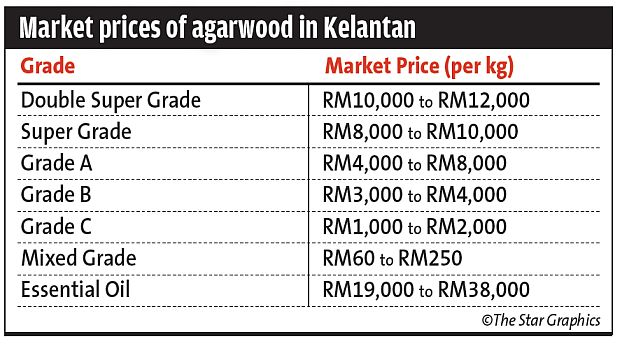
First and foremost, there are many ways that the Agarwood is used. Some burn chips from dried bark, while others use the oil extracted from the tree. The USD 9 million that we mentioned earlier refers to “kynam”, which is the rarest of all the Agarwood spesies. Either way, the tree is valuable because of one thing: It smells really good.

Agarwood oil (also known as Oud or Aloes) is an essential oil which is an oil made from plant compounds, and the stuff that they use for massages and all that. But they are not just used because they smell nice. Quite a number of articles talk about how essential oils have medicinal and therapeutic benefits.
“While the oils are still in the plant, they provide the plants with protection against predators and disease, and also play a role in plant pollination. As these properties carry forward into the essential oils, folk medicine since ancient times has made use of essential oils in medicinal practices.” – Essential Oil Haven
And it’s not like it’s a new trend either, the oil has always been very popular in the Middle East, and the oil has apparently been referred to in the both the Bible and the Quran.
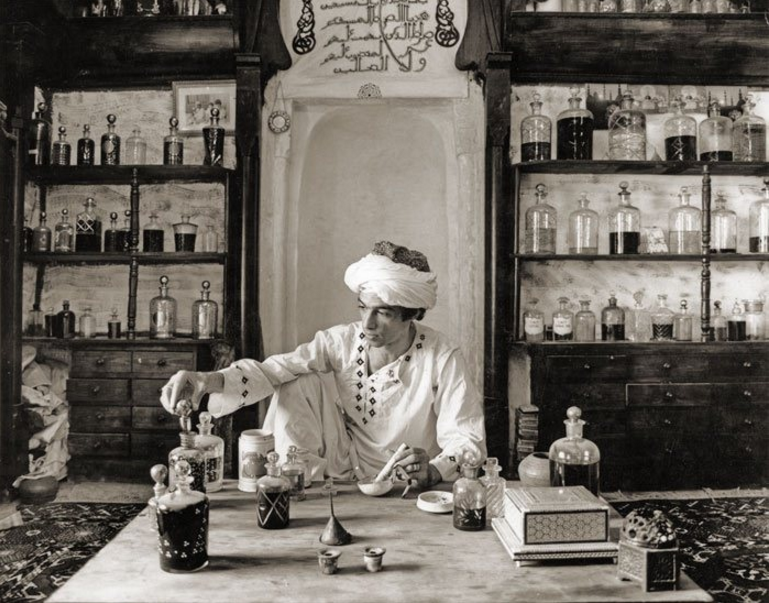
But there’s so many types of essential oils (and probably other types of nice smelling trees) out there, so why is this Agarwood oil so special? Well it has something to do with how difficult it is to obtain.
The Gaharu tree (or Aquilaria), is a species of tree that grows in the rain forests of many Southeast Asian countries, including Malaysia, and yeap, you get the really expensive Agarwood oil from it. So basically, the trees produce a particular type of resin (like a gooey substance), and that resin combined with the wood is what gives the tree its unique smell.
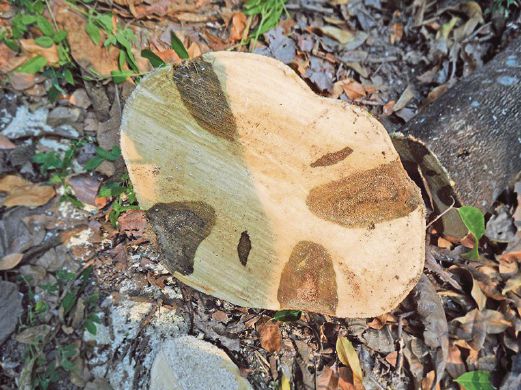
But what makes the tree so expensive is that just because you have a bunch of Gaharu trees, it doesn’t mean that all of them would be able to produce the smell. This is because the tree only produces the resin when it’s wounded. It can be either from insects or a thunderstorm, but when the bark is exposed, it leaves it open to fungus attacks, and the tree produces the resin to combat the fungus. Kinda like when you’re sick and your body produces mucus, very, very, expensive mucus.
And that’s not all, it’s very difficult to tell if a tree has the resin, so the easiest way to tell is by cutting the tree down, but the problem is only 2 percent of the trees have it, and that kinda leads us to a huge problem.
These trees are heading towards extinction
In the midst of reading up about this magical tree, we actually came across a documentary by Al Jazeera about the Agarwood oil. Dubbed the “Scent of Heaven”, the documentary follows Ali Mohamed Al-Woozain, a user of the Agarwood scent who goes on a journey to find out where the supply of Agarwood was coming from.
In his travels, Ali Mohamed goes from shops in the Middle East, to perfume factories in France. But when he eventually reaches Asia where the trees actually are, he discovers a painful truth, there’s a whole black market going on when it comes to these trees.

The documentary mentioned that in certain parts of Asia, there are whole markets dedicated to selling Agarwood, and that there are many parties involved including the police and immigration. In fact, people have died in the process, both on the poachers and law enforcement side.
Hong Kong also has an interesting story when it comes to poaching. The name Hong Kong actually means “Fragrant Harbour”, and that apparently comes from its Agarwood export which goes back almost 2,000 years! Ironically, now they are in danger of losing that very thing that gave them their name due to poaching.
Individual countries aside, these poachers are even willing to go weeks into the jungle just to get the trees.
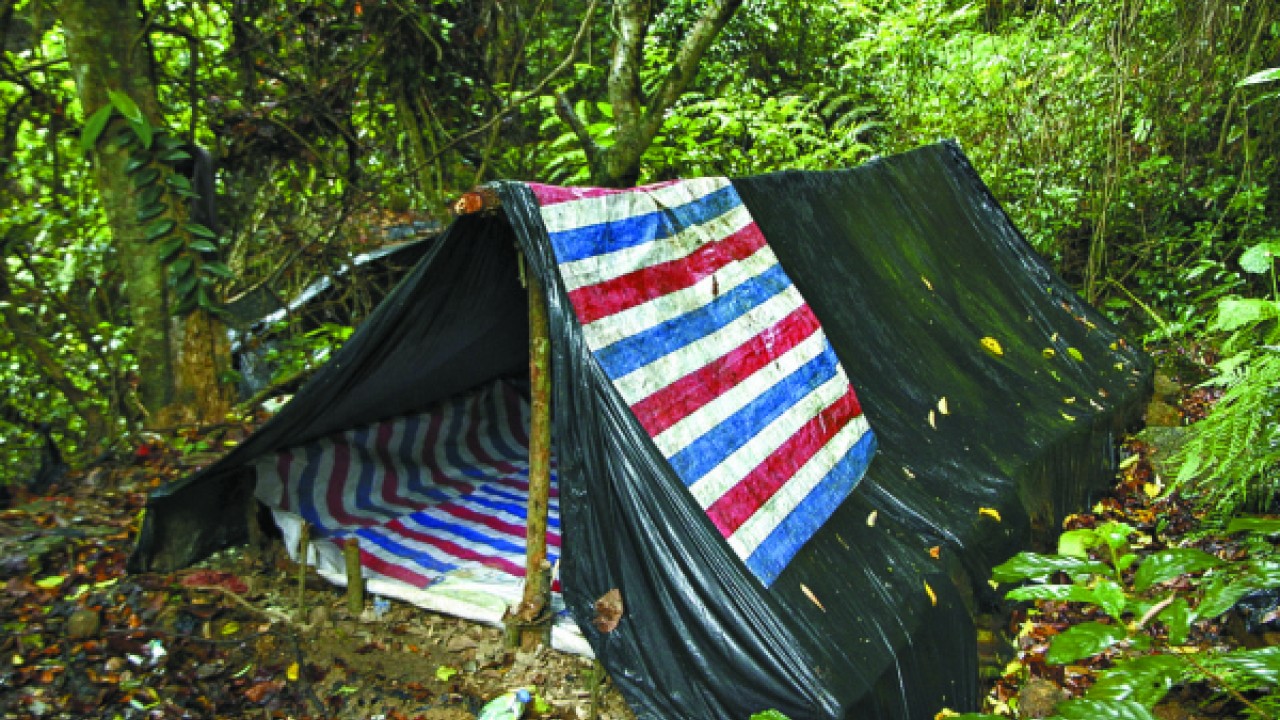
If in the course of reading this article, you’ve wondered if Agarwood would ever go extinct, the short answer is no. Some people have noticed how valuable this tree is, and thus have been growing the plants on their own.
But here’s the thing, even if we can plant them, we may never be able to get the kind of quality that we get in the wild. The documentary by Al Jazeera also brings up how the new can never replace the old.
“Plantation (trees) tend not to be the best quality because the wood is harvested after a few years or so. Meaning that it is less concentrated than it is in the wild. Yet, whatever the quality of cultivated wood, in the near future it may be the only option available for those of us who aren’t super rich.” – Ali Mohamed Al-Woozain, in a documentary by Al Jazeera
And so the issue here isn’t exactly that we’re afraid of it disappearing of the face of the earth, but something else…
You may have cut down a Gaharu tree without even knowing it
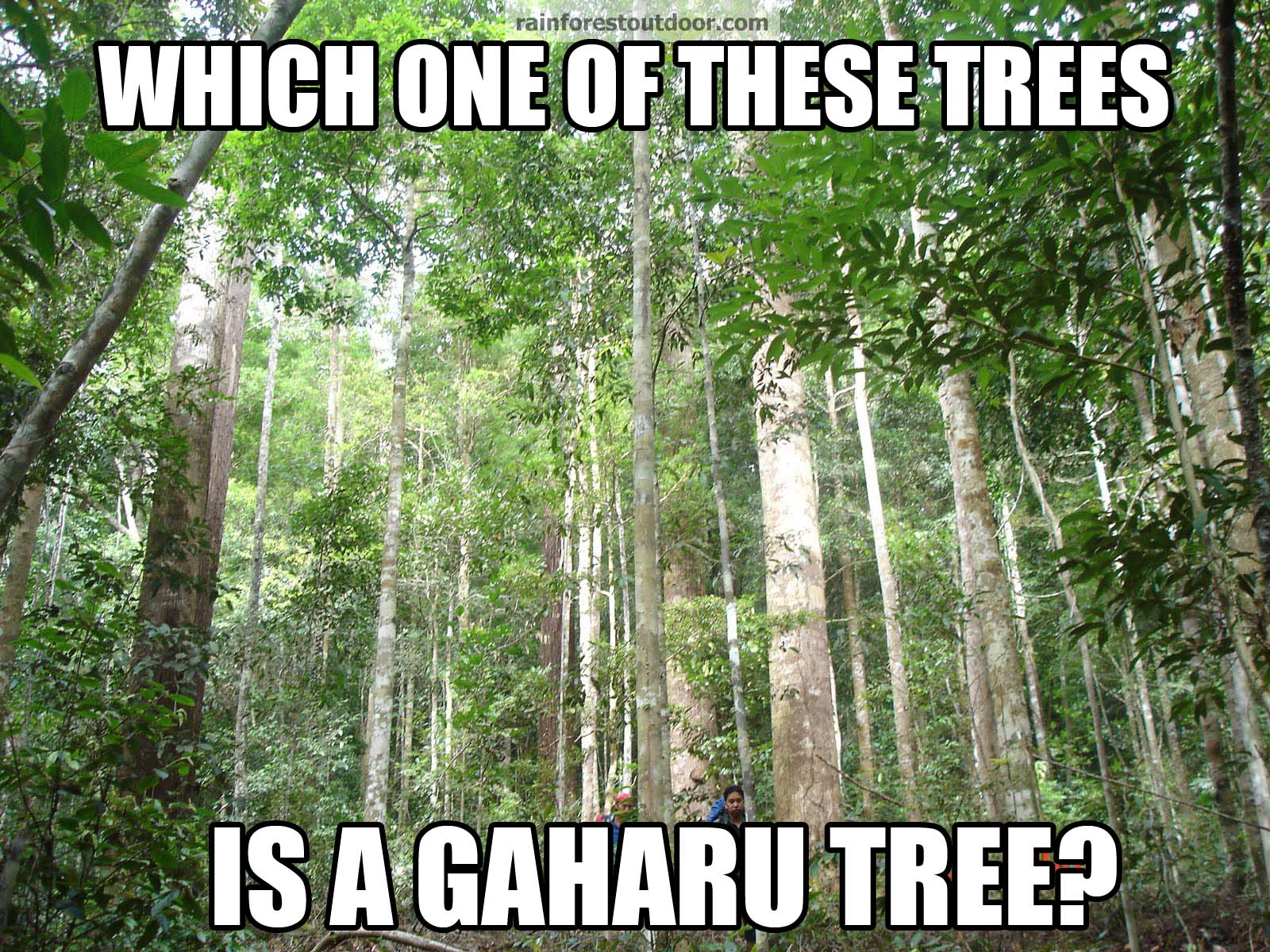
If you look at the picture of trees at the start of the article, would you honestly be able to tell this tree apart from any other tree out in the jungle? Well, the staff in the CILISOS office all admitted they wouldn’t be able to la. And though the focus of this article isn’t about saving Malaysia’s rainforests, it is a point that needs to be brought up.
We’ve mentioned that Malaysia’s deforestation rate is the highest in the world, so it’s possible that in the process, we’ve unwittingly chopped down many Gaharu trees (and wasted a lot of money too). And that is one of the ways how organisations like the Pulau Banding Foundation are making the case to preserve Malaysia’s rainforest: that in the process of cutting down the forest, we may be cutting down very valuable resources.
One of the things Ali Mohamed mentioned at the end of Al Jazeera’s article is that that he now tries his best to only buy his Agarwood from sustainable sources. And it seems that’s where Malaysia is lacking as well, that we’re currently deforesting at a not very sustainable rate. To be fair, the gomen has introduced some measures to try and make our forest management more sustainable, but it seems it’s not enough just yet (our friends at SAYS recently exposed a loophole where some rubber plantations have been successfully converted into “forest lands” simply because our laws are quite vague about what “forest” means).
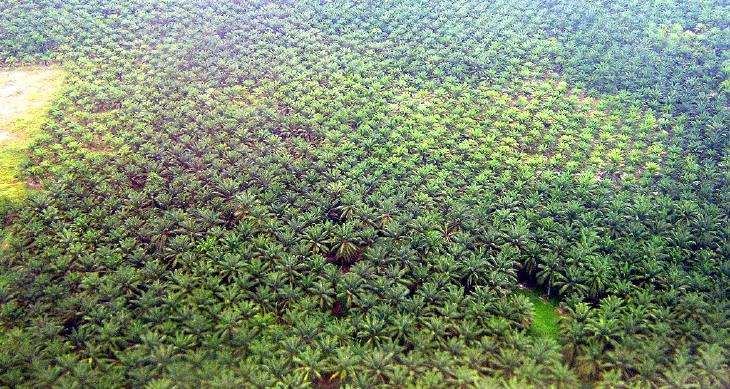
So it looks like we still have a long way to go to protect our rainforests. And perhaps recognising the value of the Gaharu trees in the rainforest can be one way for us to move towards being more sustainable with our rainforests.
- 8.5KShares
- Facebook7.7K
- Twitter80
- LinkedIn62
- Email178
- WhatsApp493



